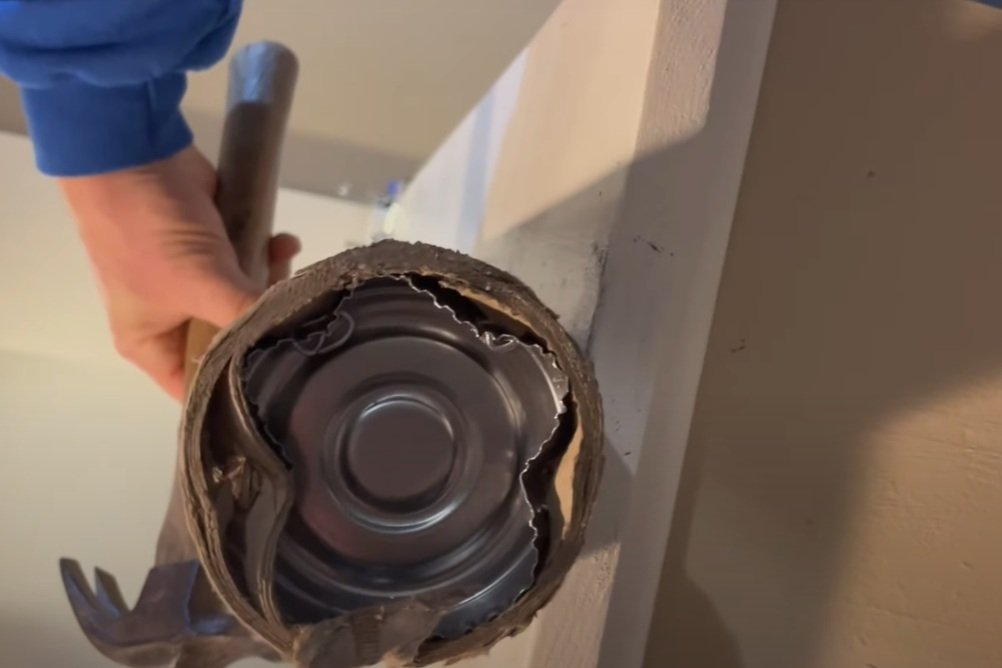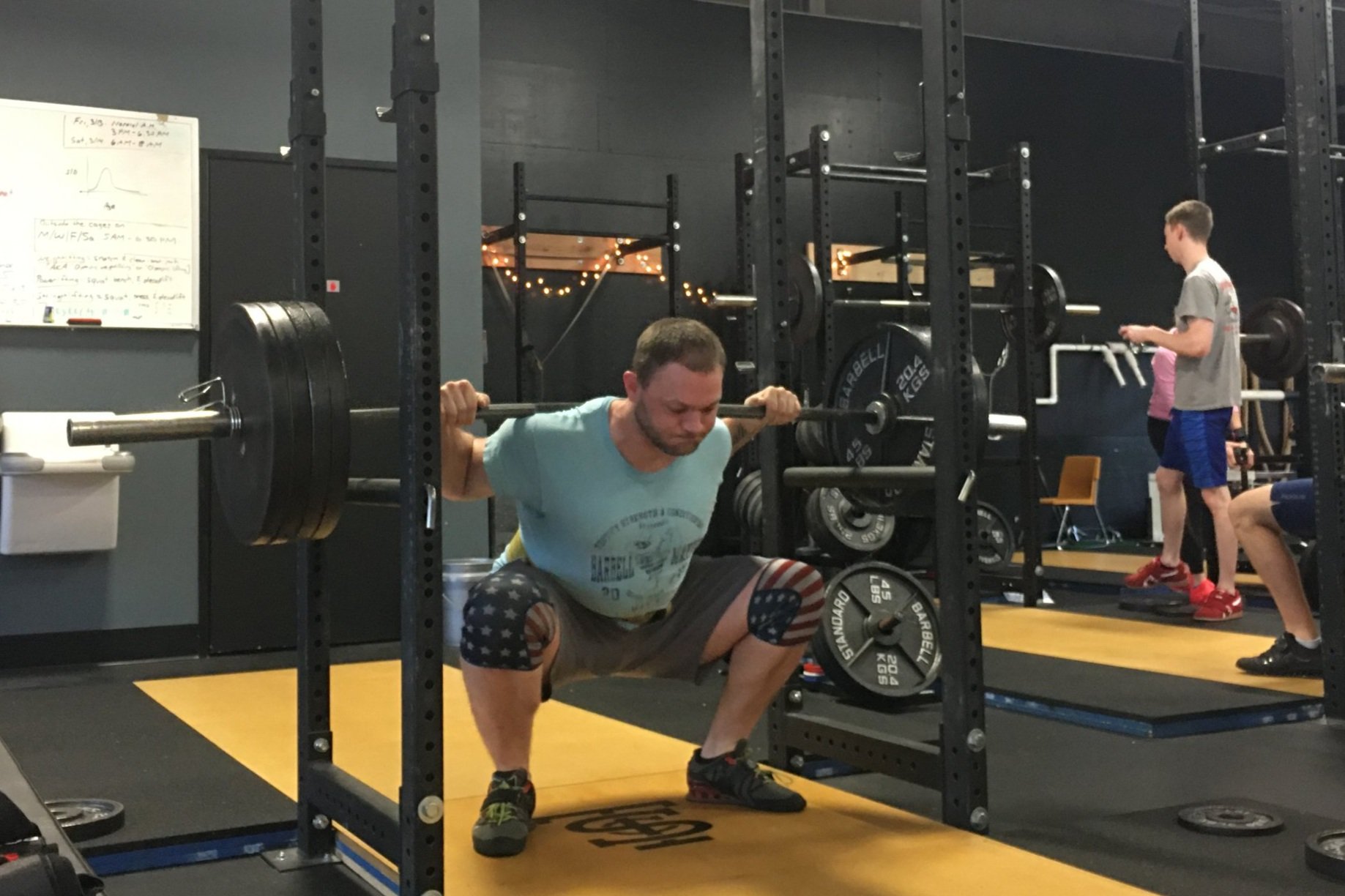EASY Way to Open Your Barbell Packaging | How to Unbox Your New Barbell
/Historically speaking, unpackaging a brand new barbell has been a fairly horrific experience. The method covered in this article, however, is going to change your life (better yet, watch the included video for a demonstration).
If you’ve bought a new barbell, you already know what I’m talking about, and if you haven’t bought one but are going to purchase one soon, you’re about to experience this cardboard-and-metal terror.
A new barbell comes in a thick cardboard tube, and it has a metal end cap or insert at each end of the tube. Each manufacturer does things a bit differently, but typically, the end cap will be anchored in place very securely with staples or some other fastener.
On one hand, this is good - you want your barbell safe and unscathed while traveling to you. On the other hand, it’s a pain to open the tube as a result of this packaging. The manufacturer’s recommendation is usually to grab a utility knife, cut along one of the seams in the cardboard tube, and then twist to open the packaging (picture yourself opening a tube of Pillsbury dough, and you’ll get the idea well enough).
Don’t do this. I write - unfortunately - from personal experience, and this is a terrible way to open the packaging.
You can see the torn section where I had started the process with the old “screwdriver-and-pliers” method before looking for a better option.
Many people settle on using a flathead screwdriver to pry the staples open and out a bit, whereupon they use a needle nose pliers (or something similar) to finish pulling out the staples. This method works reasonably well, but it takes a while, which is annoying.
The last time I opened a barbell, I had used this screwdriver-and-pliers method on the first of several staples when I thought I’d take a look on the web and see if anyone had come up with a better method . . . and indeed someone had. This method comes courtesy of Colin Burke and his video, and here’s how to do it:
Step 1
Grab a nail punch and a hammer. A flat head screwdriver will probably work if you don’t have a nail punch.
Note: This is the part where I should tell you not to use a flat head screwdriver for this task as you might damage the screwdriver. With that said, if I didn’t have a nail punch, I would certainly have used a flat head screwdriver.
step 2: Use a hammer and nail punch to tap the staples through.
Step 2
Set the tip of the nail punch on top of a staple and then use the hammer to tap that staple several times until the staple has broken through the cardboard (at which point it is no longer anchoring the end cap to the cardboard tube). Repeat this process with all of the staples.
After step 2, all staples have been pounded through.
Step 3
Once the staples have all been pounded through, the end cap is still wedged into place but is no longer attached to the tube, so use a pliers (needle nose pliers or otherwise) and simply pull the end cap out.
step 3: Use pliers to pull out the end cap
Step 4
Set the open end of the cylinder on the floor, lift up the other end, and pull the tube up and back until the barbell is completely out of the packaging (don’t let the bar drop to the floor).
Step 4: allowing barbell to slide out of tube
This process requires only a few tools, it’s quick, and most importantly - it’s easy. After unpackaging a barbell with this method, you’ll never go back to the cut-and-twist and screwdriver-and-pliers methods again.
As always, we hope this helps you get stronger and live better.
(Some links may be affiliate links. As an Amazon Associate, Testify earns from qualifying purchases.)









